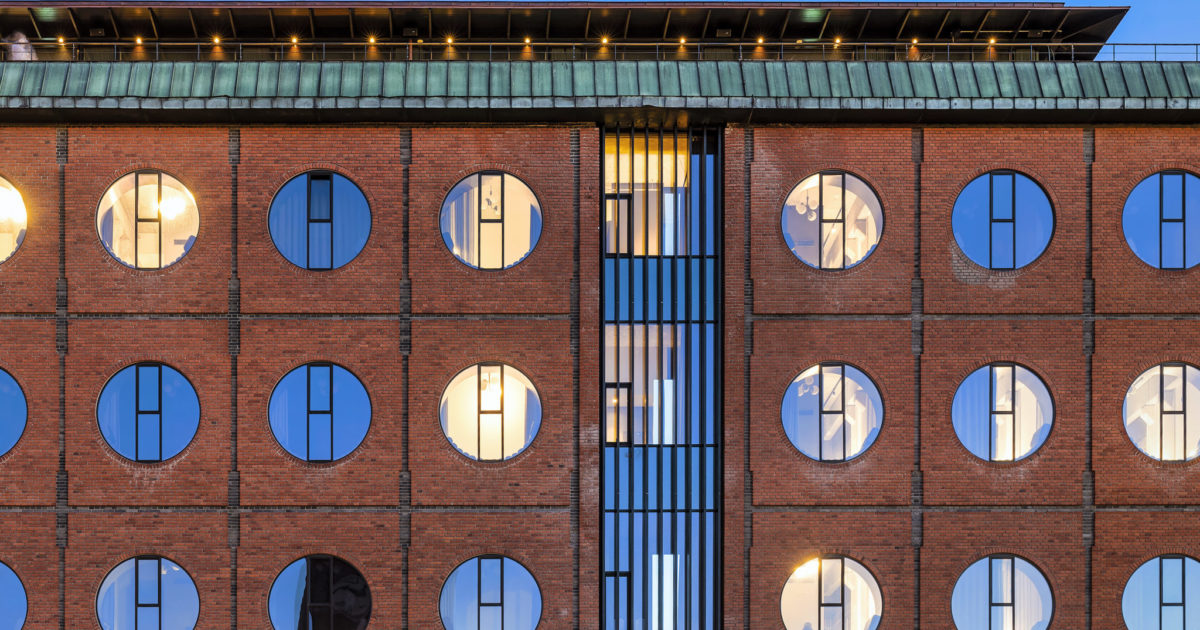Perspectives on Nordic Sustainable Construction
One of the big global GHG emitters is the construction sector. Our built environment is responsible for around 40% of all carbon emissions and 50% of all raw materials extracted on a global level. If we, as society are serious about transitioning the sector to operate safely within planetary boundaries, the industry needs to radically reduce the amount of carbon emitted from new construction, infrastructure and buildings while at the same time being at the forefront of an increased need for homes. On this account, the sector is expected to grow 42% by 2030. This puts an extra level of urgency on the need to transition the way we imagine, plan, construct and use buildings.
And we have to start now! The good news is that we know many of the solutions already, and if we get started, something can be done about it.
Since 2018, the Nordic countries have collaborated on lowering the climate and environmental impact of construction. The goal is to make the Nordic countries the most sustainable region in the world. As part of pursuing this goal, the Nordic building authorities are working towards harmonized building regulations in the region with an aim to arrive at a construction sector which is compatible with the planetary boundaries. Some of these efforts revolve around implementing standardized LCA measures and setting limit values for emissions for new buildings.
But the efforts on LCA and limit values cannot stand alone, the transformation towards a carbon neutral and planetary boundaries- safe construction sector requires a full systems transformation. This involves a fundamental and integrated transformation of structures, processes, and practices to create a more environmentally, socially, and economically sustainable built environment.
All of these components and the interdependencies between them must be considered and reflected in holistic policies and regulation that reflect real life experience from the users and clear the path towards long-term positive impacts on both human well-being and the planet.
Through 24 interviews, this publication invites you into the minds and ideas of experts, developers, architects, policymakers, researchers, opinion shapers, and builders offering their perspective on what the future of construction and architecture will look like and how it should develop to be compatible with the planetary boundaries.
The following sections will address critical questions, such as how we can maximize the use of existing building stock, prioritize retrofitting and renovation over new construction, and embrace biogenic materials to reduce the carbon footprint of embedded energy. We will explore the role of architecture in shaping communities and promoting sustainable behavior, as well as the importance of contextualizing construction within local material availability, cultural norms, and legislative frameworks.
Finally, we will examine the role of legislation and policy in guiding the construction industry toward sustainability. As we face the realities of the climate crisis and other environmental challenges, it is imperative that regulations evolve to protect not only individual safety but also the health of our planet. Through this exploration, we aim to illuminate the path forward, offering a comprehensive vision for a sustainable, resilient, and thriving built environment.
This publication is part of the Nordic Council of Ministers initiated programme Nordic Sustainable Construction programme and the work package SUSTAINORDIC with the aim to identify the cultural change and legislative reforms that would steer the construction sector towards alignment with the Paris Agreement and other sustainability benchmarks such as social sustainability and biodiversity.
Pernille Martiny Modvig

Hotel Ottilia, Carlsberg City, Copenhagen, Denmark. Two of Carlsberg City's most distinctive buildings, Maltmagasinet, originally designed by Vilhelm Dahlerup in the 1880s, and Lagerkælder 3, designed by Svenn Eske Kristensen in the 1960s, form the framework of Hotel Ottilia today after an extensive transformation. These distinctive historic buildings have been meticulously transformed into a modern luxury hotel with respect for their distinctive features and history. Arkitekt: Arkitema.